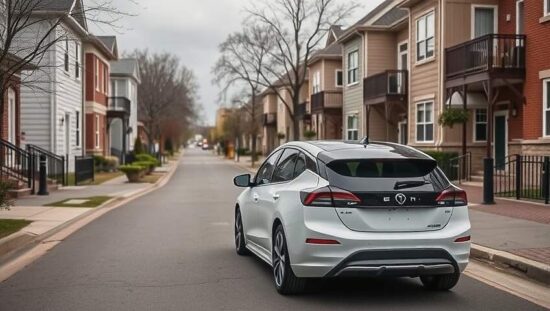The German Automobile Club ADAC has called for an end to ongoing fundamental debates regarding the future of electric mobility. “Registration figures are rising and vehicle buyers are increasingly embracing electric mobility” stated ADAC’s Technical President, Karsten Schulze, to the Funke-Mediengruppe newspapers. “Therefore, the EU legal framework should now be clarified swiftly and these constant principal discussions should be concluded.
Schulze emphasized that electric mobility is projected to become the defining powertrain for passenger vehicles, making a significant contribution to climate protection within the transportation sector. He urged the German government to develop a comprehensive charging infrastructure, establish a framework for transparent and affordable charging prices and create incentives-potentially through vehicle taxation. Currently, fully electric vehicles benefit from tax exemptions for up to ten years.
ADAC’s Technical President found it inexplicable that proposed reductions in electricity taxes were not being universally applied. “Lower electricity prices would be the most effective means of promoting e-mobility” Schulze asserted, adding that technological advancements are not the barrier to climate-friendly transportation. He highlighted the impressive progress made by German manufacturers, particularly in the development of electric vehicles and noted the significant discussion surrounding autonomous vehicles for public transport, observed during the recently concluded IAA automobile show.
Beyond the automobile, Schulze noted that alternative modes of transportation, such as bicycles and public transport, will play a crucial role, especially in urban areas. He cautioned against “either/or” decisions and pitting different transportation methods against each other. Blocking entire districts to automobiles, he suggested, is not a sensible approach, as residents, tourism providers and retail businesses rely on private vehicles. However, he acknowledged that in areas with viable alternatives, even low-emission vehicles could be of reduced relevance and road space could be transformed.





